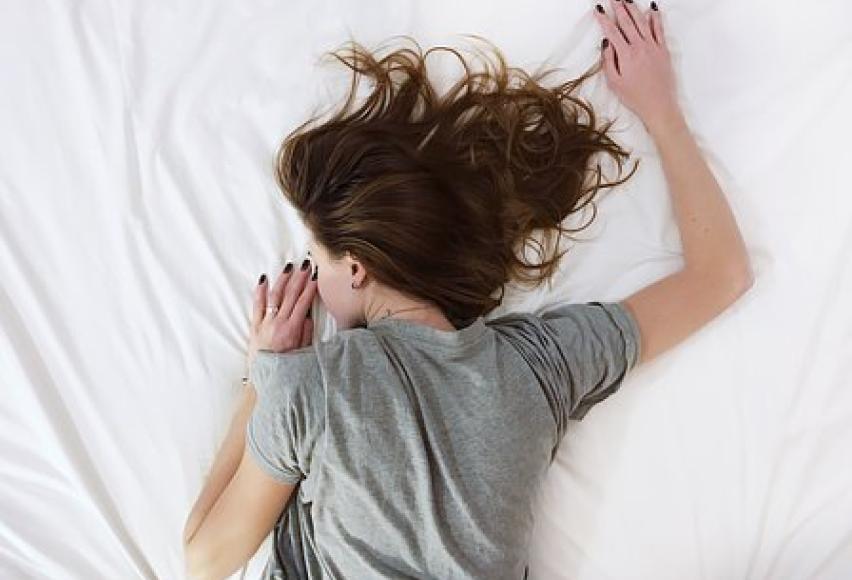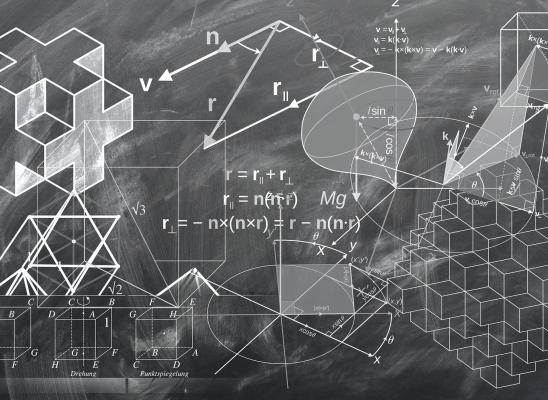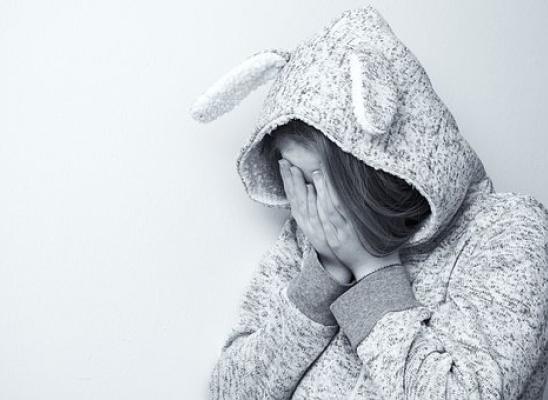Remote treatment of sleep-related trichotillomania

Online test
Find out the severity of your symptoms with this free online test
Compulsive hair pulling affects 1-2% of the population, mostly female and usually starts during puberty. Pulling behaviors can take many hours per day. Not only does pulling hair interfere with daily functioning, but many people who suffer from trichotillomania spend many hours covering up or disguising the damage. The manifestation of the behavior is different for each person; however, it often results in hair loss on the face or scalp. Many people who suffer from compulsive hair pulling also have other mental health disorders such as depression, anxiety, or obsessive-compulsive disorder.
There are two general types of pulling behaviors. The first is intentional and focused. It often serves as a form of emotional release, as a way to feel a different type of pain, or as a way to feel something in the case of emotional numbing. For others, pulling behaviors result in feelings of gratification or pleasure. The second type is unconscious or automatic. In these cases, a person does not realize they are pulling. It is likely this type that of trichotillomania that shows up as a sleep-related disorder.
Sleep-Trich
Evidence of trichotillomania as a sleep-related dissociative disorder suggests that people can pull hair while they sleep without any knowledge of doing so. According to a survey of dermatologists conducted in 2007, 11% of doctors surveyed reported seeing patients with trichotillomania that only occurred during sleep, not while they were awake. In one documented case, researchers monitored the sleep cycles of a woman who would wake up with hairs in her hand with no recollection of pulling them out. This woman also struggled with trichotillomania while awake and she mirrored those behaviors while sleeping. The sleep recording showed as many as seven cycles of psychomotor agitation that began 90 minutes after she fell asleep followed by hair pulling behaviors identical to her waking behaviors. Data showed these cycles preceded by different sleep stages and changes in alpha rhythms that mimicked wakefulness indicating neurological changes related to pulling behaviors.

Promising Research Results for Treatment of Sleep Trich
Given that trichotillomania itself is still misunderstood, underreported, and undertreated, it is safe to assume that sleep-related trichotillomania is reported even less. Trichotillomania is a chronic disorder that never goes away, but with comprehensive treatment, it can be managed to minimize the interference with daily life. A recent study shows promise for treating sleep-related trich as well. Treatment included behavioral therapy, use of melatonin and routines for sleep hygiene monitored remotely using video recording devices. A caregiver received remote coaching to help the client with procedures. Results showed improvements in the patient’s sleep pattern and a decrease in pulling behaviors while sleeping.
Scientists continue to search for the cause of trichotillomania and its related behaviors. Thus far, the evidence supports behavioral and cognitive treatment strategies with an emphasis on social support. While there are not many therapists who specialize in treating body-focused repetitive behaviors, this study further supports the efficacy of receiving treatment remotely.
References
Lichtblau, K. R., Romani, P. W., Greer, B. D., Fisher, W. W., & Bragdon, A. K. (2018). Remote treatment of sleep-related trichotillomania and trichophagia. Journal of Applied Behavior Analysis, 51(2), 255-262. https://doi.org/10.1002/jaba.442
Murphy, C., Redenius, R., O’Neill, E., & Zallek, S. (2007). Sleep-Isolated Trichotillomania: A Survey of Dermatologists. Journal of Clinical Sleep Medicine : JCSM : Official Publication of the American Academy of Sleep Medicine, 3(7), 719–721. https://www.ncbi.nlm.nih.gov/pmc/articles/PMC2556915/
Angulo-Franco M, Bush-Martínez A, Nenclares-Portocarrero A, Jiménez-Genchi A. Trichotillomania and non-epileptic seizures as sleep-related dissociative phenomena. J Clin Sleep Med 2015;11(3):271–273. http://jcsm.aasm.org/ViewAbstract.aspx?pid=29925
Online test
Find out the severity of your symptoms with this free online test
Start your journey with TrichStop
Take control of your life and find freedom from hair pulling through professional therapy and evidence-based behavioral techniques.
Start Now



